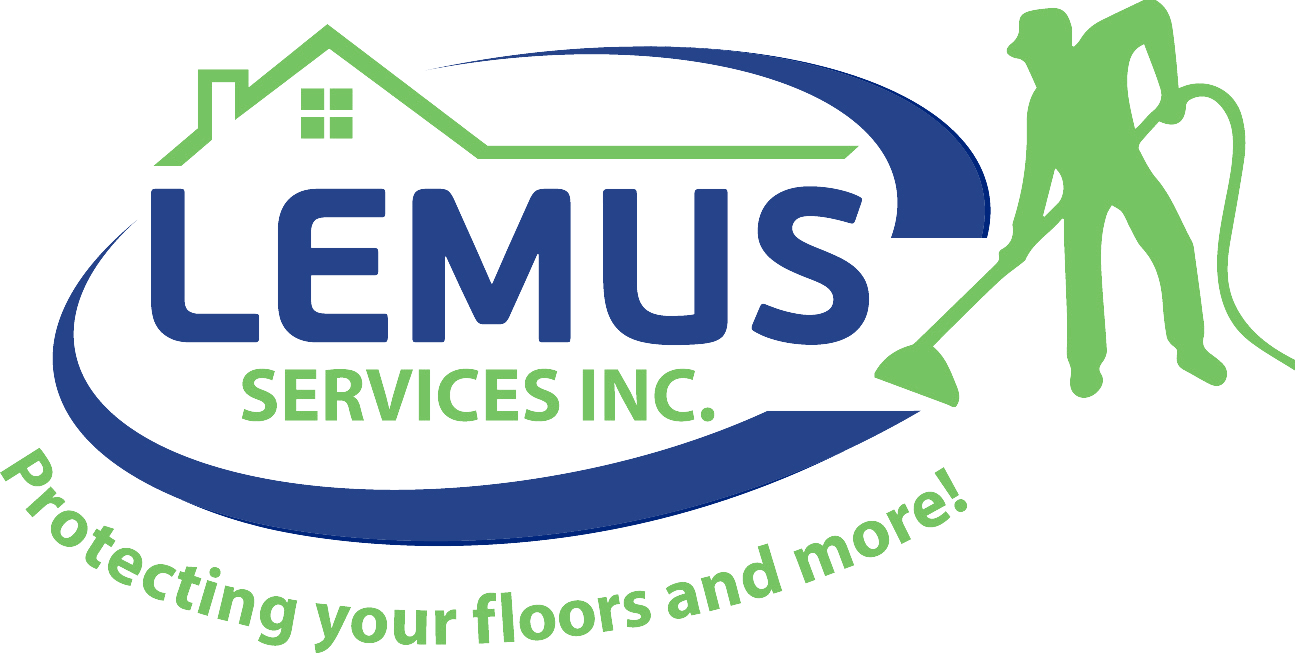
Where Mold Hides
Mold hides everywhere. Check these four areas during your cleaning routines in order to find and address hidden mold.
As they say, mold is ubiquitous, meaning it is found everywhere — or I should say, mold hides everywhere, sometimes in plain sight, but unseen. When we come in from outside, mold spores follow. When we open the window for fresh air, mold spores float right in. Even in commercial environments where fresh air make-up brings air into the air conditioning system, mold spores are an inevitable uninvited guest.
Given the right temperature, moisture or humidity level, and food source, these mold spores begin to grow, causing the indoor environment to smell musty. If you can smell mold, you can be sure that it is growing somewhere even if you don’t know where. Since some people can be highly allergic to mold, it’s important to know how to reduce contamination levels. Whether you are a facilities manager whose building is used by hundreds of people, or a cleaning professional trying to help educate a homeowner, knowing where mold hides is the first step to a healthier indoor environment. So where should you or your customers look to find possible sources of mold?
I want to suggest four areas that are often overlooked, even in our everyday cleaning protocols.
Mold hides in places that you can’t reach. Every horizontal surface receives mold spores that have settled out. If there is dust on a surface, it probably contains mold spores, but regular, thorough cleaning will reduce the possibility of mold growth. Focus especially on the higher areas that are hard to reach, like crown moldings, door jambs, kitchen cabinets, and bookcases.
Mold hides in places that you can’t see. That dark closet full of winter clothes or a storage space full of boxes are great places for mold to grow. I spoke with an elderly woman the other day who pulls out her refrigerator every week to clean behind it because she is so concerned about mold growing back there. Just because you can’t see it doesn’t mean it’s not a great incubator for mold.
Mold hides wherever is it wet. There are places around homes and buildings that hold water that you may never have thought about. Refrigerators and freezers have a shallow pan underneath the motor that may have water in it. A small undetected leak on the icemaker line or at the shut-off valve under a sink might produce enough water to help mold grow. Have you checked the washing machine connection lately to make sure it is tight and not dripping?
Mold hides where there is poor air circulation. Behind dressers or filing cabinets jammed up against walls, in utility closets overflowing with boxes, and in closets that have no ventilation, mold is more likely to grow. Periodically check these areas to reduce the possibility that mold contamination will proliferate.
Mold is so ubiquitous that its presence in homes and buildings is inevitable. Add these four areas to your regular cleaning routines, and you’ll find the mold where it hides. When you do find mold, clean it up immediately so you and your clients can live in a cleaner and healthier indoor environment.
